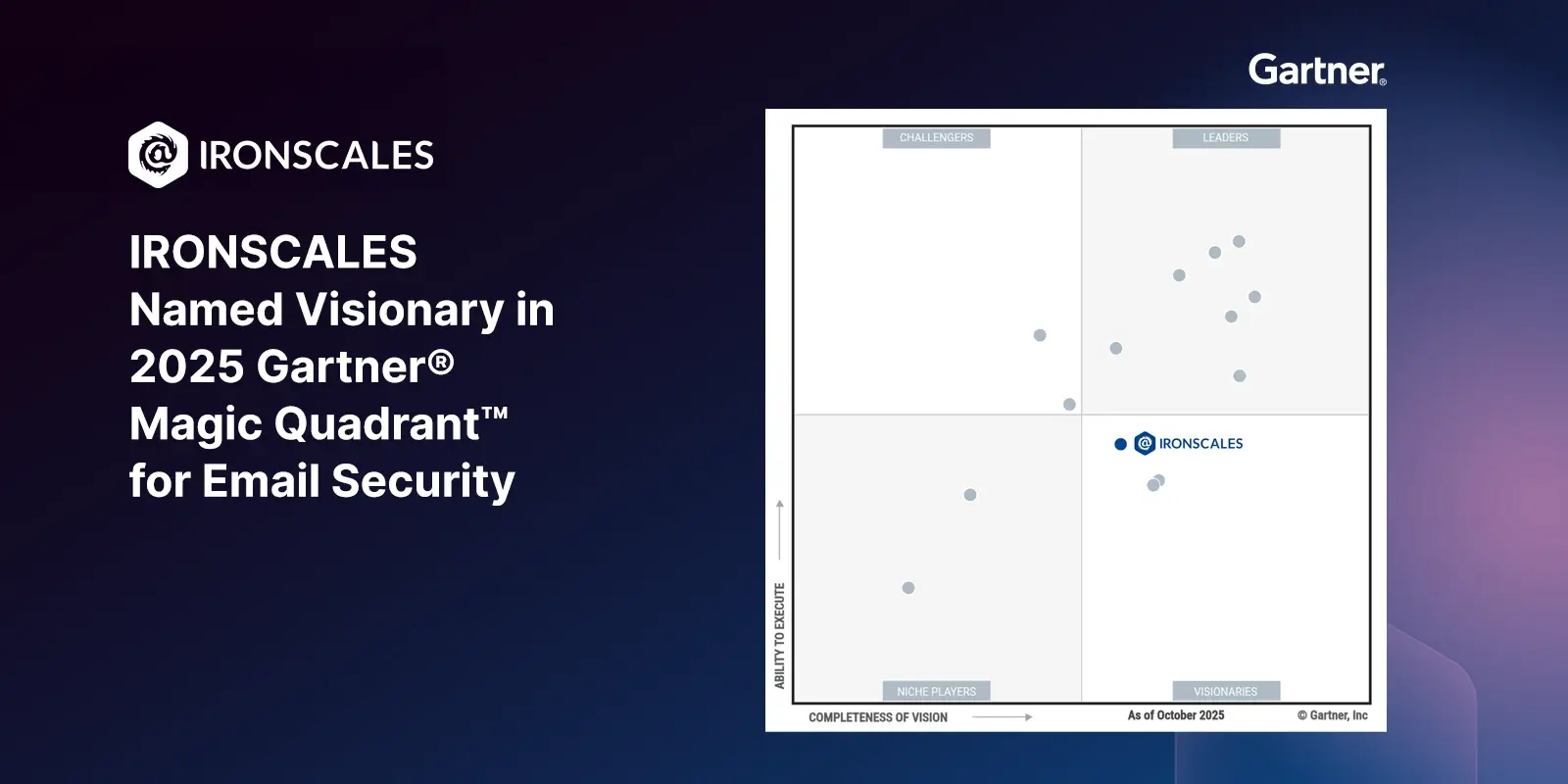Table of Contents
Alright, you’ve come this far. You’ve admitted that your SEG isn’t exactly the security soulmate you thought it was. Maybe you’ve even started to notice the red flags – missed phishes, frustrated clients, constant rule tuning. But breaking up is a process, and before you can move on to something better, it’s important to assess the current state of the relationship.
In this second phase of my “break up with your SEG” series, we’re talking about the modern threats that SEGs simply can’t handle and why these gaps matter to you as an MSP. You’ll get the numbers, the horror stories, and a clear picture of why a static approach just doesn’t cut it in a world where threat actors are moving faster than ever.
The Reality Check – What Your SEG is Missing
Legacy SEGs were built for a different era – one where most email threats involved clunky malware attachments, obvious phishing links, or garden-variety spam. They work by filtering known threats at the perimeter, stopping what they recognize and letting the rest through. That might have worked in the 2000s, but today’s attacks are designed to sneak past these defenses without tripping a single filter.
Attackers have shifted to tactics that exploit trust, context, and human behavior – components SEGs simply weren’t built to understand. Think about it: a well-crafted business email compromise (BEC) attack doesn’t rely on a malicious link or attachment. It’s a carefully worded message from a fake CEO, partner or vendor, using just the right tone to trick a finance manager into wiring money or exposing sensitive data. No malware, no payload, no easy signature to detect.
Our recent customer analysis of just under 2,000 customers who use a SEG as a first line of defense and IRONSCALES as an augmentation show that SEGs are simply not holding up their end of the bargain… On average, SEGs fail to block 67.5 phishing emails per 100 mailboxes every month, with smaller businesses hit the hardest. Smaller organizations are particularly vulnerable, with companies under 100 mailboxes experiencing up to 7.5x more missed attacks than larger enterprises.
These numbers speak for themselves. If this exposure continues, it’s a matter of time until chaos strikes in the form of financial loss, reputational damage, and legal exposure.
Why MSPs Should Care
Missed threats are not just a nuisance; they represent risk for MSPs. When a phishing email slips through, it sets off a costly chain reaction. Your team scrambles to respond, pulling support staff away from proactive work to chase down a single email. These disruptions add up to significant operational drag and unexpected costs, eroding your bottom line and straining your team.
But wait. There’s more. The real danger comes from the nature of the threats slipping past SEGs. The most commonly missed attacks, like vendor scams and credential theft, are not just annoying – they are precisely the types of socially engineered threats that exploit human psychology and established business relationships. They are exactly the types of threats your SEG has a tendency to overlook.
BEC attacks are another major blind spot for SEGs. These attacks often involve no links or attachments, relying instead on carefully crafted messages designed to impersonate executives or high-profile targets. BEC has become one of the most financially damaging forms of cybercrime, with average losses of $50,000 per incident and significant long-term damage to client trust. Not to mention the recuperation headache if you’ve got cyber insurance.
The perfect storm starts to form when we consider threat actors shifting phishing preferences. According to the IBM X-Force 2025 Threat Intelligence Index, threat actors are using AI at an increasing rate to create phishing emails, deepfakes, and build fake websites to compromise organizations. Meanwhile, the use of infostealers delivered via phishing emails surged by 84% in volume over the previous year.
Convincing, malicious content is more convincing than ever and being weaponized against the end user at a rate we’ve never experienced. And, with identity-based attacks making up 30% of total intrusions, it’s working.
Why SEGs Can’t Keep Up
The problem with SEGs is baked into their architecture. They filter at the perimeter, which means they’re only inspecting emails during transit. Once a message hits the inbox, it’s out of their control. That’s a huge blind spot when you consider that many modern attacks are designed to slip through initial scans and activate later, or to exploit social engineering techniques that can’t be caught by simple keyword matching.
SEGs rely heavily on signature-based detection, which means they’re always a step behind. They catch what’s known, not what’s new. They struggle to spot zero-day attacks or sophisticated phishing campaigns that use generative AI to mimic real conversations. Attackers know this, and they’re designing their scams to slip through these outdated defenses.
It's Time For a New Strategy
Attackers are moving faster than ever, using automation, AI, and deepfake technology to bypass traditional filters. The question isn’t if your SEG will miss something critical, but when. And when that happens, it’s your business and your reputation that pay the price.
In the next part of this series, we’ll talk about a new wave of email security and protection. How real, inbox-level protection is the answer to the barrage of modern phishing attacks you and your clients are experiencing. We’ll show you how to stop chasing threats and start preventing them with our Integrated Cloud Email Security (ICES) solution.
Ready to stop settling for “good enough” and take your email security to the next level? Stay tuned.
Missed our latest MSP white paper “The SEG Breakup Guide: Why MSPs are Moving on?” Click here to access the publication.
Explore More Articles
Say goodbye to Phishing, BEC, and QR code attacks. Our Adaptive AI automatically learns and evolves to keep your employees safe from email attacks.

/Concentrix%20Case%20Study.webp?width=568&height=326&name=Concentrix%20Case%20Study.webp)















